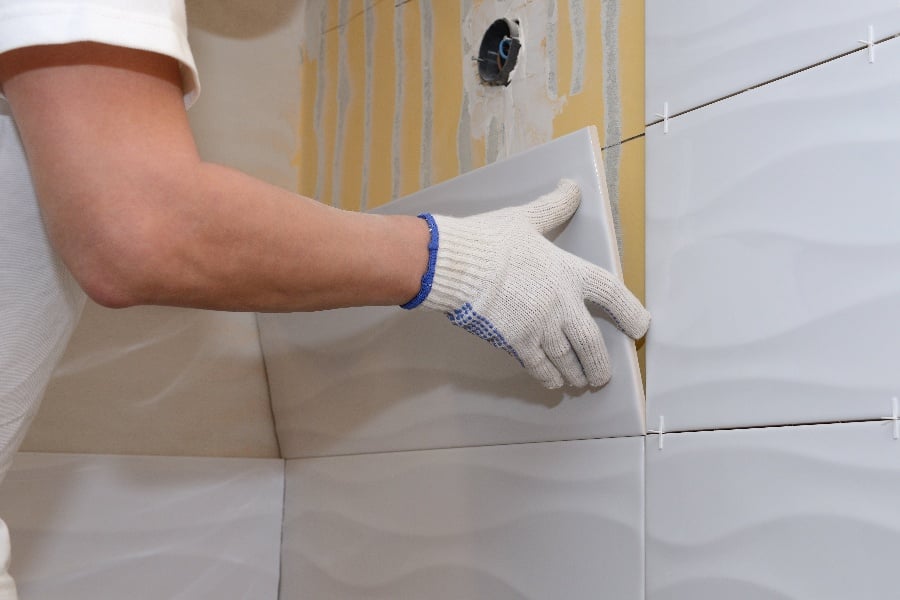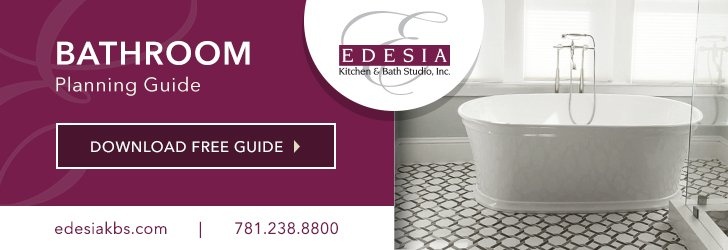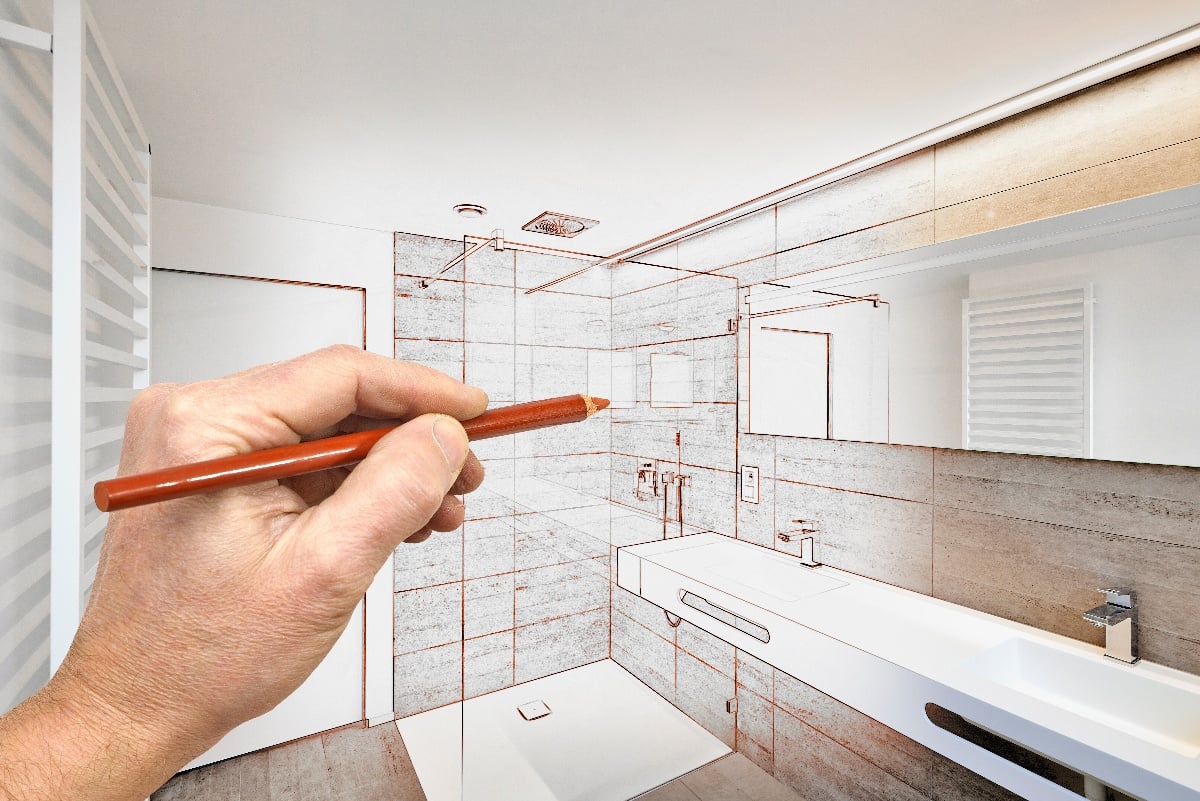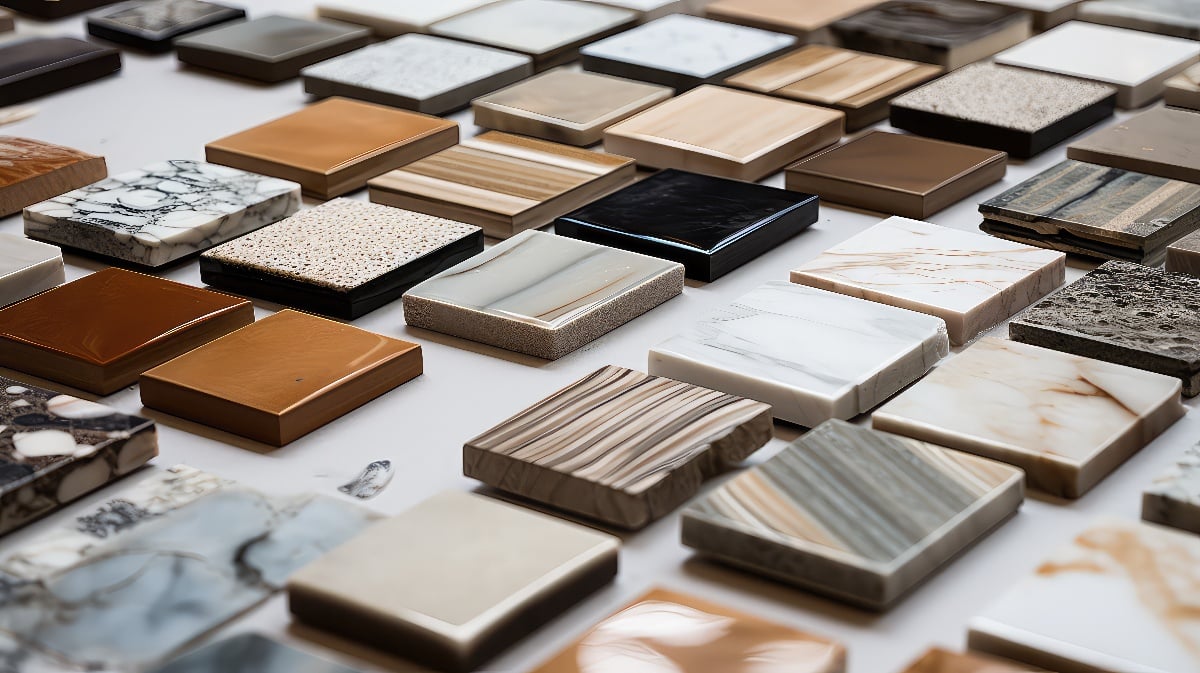Welcome, take a seat; it's a great debate. Do you tile the shower wall or the floor first?
This is a question that has been troubling the minds of many homeowners before tiling their bathrooms. Knowing where to tile first will give you a clear understanding of your project's scope and a relatively easier head start.
Whereas you can start with either, popular opinion has it that tiling the walls first has a superior outcome. But first, why is it so essential to tile your bathroom?
Why Tiling is the Best Solution for Your Bathroom?
Whether it's for your new building or you want to scale up the decorative appeal in your existing bathroom, tiles are a timeless and wise choice for bathrooms.
They are the best match for floors, walls, and even counters in a sudsy and wet bathroom environment.
Here are a few reasons why tiles are an excellent choice for your bathroom floors and walls.
- Moisture Resistance- Your bathroom has a lot else to put up with besides excessive moisture. Harsh cleansers, soaps, and modern shampoos can easily damage your bathroom walls and floors. Tiles are waterproof and can withstand the harsh bathroom environment for a long time.
- Easy Maintenance- Water isn't your enemy, but the mold and mildew that tag along with the wet environment makes your bathroom detestable. Mold and mildew are particularly difficult to clean on concrete, wood, and other surfaces. However, using tiles on your bathroom inhibits their growth and makes it seamless to keep your bath space crisp and clean.
- Heat Radiation- Tiles are the preferred building material for retaining heat in your bathroom. Combined with radiant heating technology, they keep your shower room warm in summer and warm in winter (especially stone tiles). Tiles are generally better heat conductors and do not crack or damage with contracting and expanding in the heat cycle.
- Durable and Long-Lasting Choice- Tiles are such hard material and tend to last a long time. According to the NAHB (National Association of Home Builders), a stone tile will last well over 100 years, while ceramic tiles will do you nothing less than 75 years.
- Cost-effective- While tiles cost more than other building materials, you only pay more for the upfront costs and but they cost you less over time. Durability and moisture resistance make tiles a cost-effective solution for your bathroom walls and floors.
With so many advantages of a tiled bathroom, let's now focus on where to tile first in your upcoming bathroom project, the floor or the walls?
Why You Should Tile the Floor First
The tile installation principle is that the tiled wall 'hangs' over the tiled floor. The best way to achieve this outcome is by first tiling the floor so that the wall tile will then seem to be 'sitting' on the bathroom floor.
Regardless of this sound logic, some professional designers are opposed to tiling the shower floor first. Their primary account for this is that tile and mortar will more often than not fall on the floor when you are tiling the wall.
This may, in turn, damage your floor and cost you extra time and money for your bath project.
Not to worry, if you still prefer tiling the floor first, you can steer away from such damages by covering your tiled floor with a protective cloth or tile sensitive material while you work on the wall.
Nevertheless, keep in mind that the tile mortar on the floor must set completely before you can stand on it to tile the wall.
Why You Should Tile the Wall First
It may be delicate to create a suspended wall tile effect if you tile the walls first. On the flip side, tiling the walls first will help you dodge the mishaps and messes associated with tile and mortar.
In order to have a better outcome with the walls first, you will need to consider how your tiled wall will hang over the floor.
Professional experts use a ledger or a space saver to leave a space for the floor tile to install after doing the wall. When you start to tile the floor, you first install the floor tile closest to the wall and then lay the other floor tiles.
The above procedure gives you a seamless way to incorporate the wall overhang situation when tiling the walls first.
However, floor and wall tiles near the corners and walls must be precisely cut to enhance a beautiful outcome as well as the waterproof capabilities of your bathroom floor and walls.
Making the Right Decision
Regardless of the noise and clutter from every corner, nothing can beat your personal preferences and convenience.
For instance, tiling the floors first means extra time for your project since the mortar must dry before you resume working on the walls, and you may not have all the time.
On the other hand, you may want an aesthetic bathroom, and you fear damaging the floor tiles as you tile the walls. Due to such instances, personal choice carries the day.
Even then, legend agrees that the most prudent approach is engaging a professional bathroom designer for expert advice to help you arrive at actionable insights.
Feel free to contact the experts at Edesia Kitchen & Bath Studio for any queries and services pertaining your bathroom projects and concerns. We are the best Kitchen and Bathroom designers in Boston, MA, and we will be more than willing to assist.











